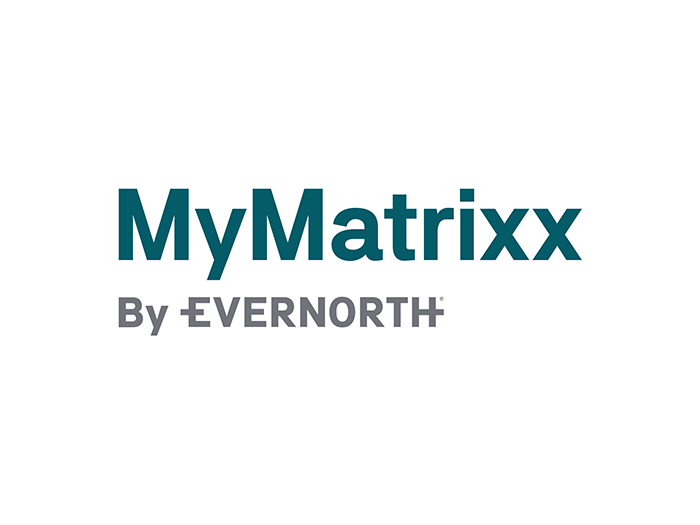The PAID Act is Here and It’s Bound to Impact Medicare Secondary Payer Compliance. Here’s How to Proceed
As summer becomes autumn, the end of the year starts coming into focus.
Settlement preparations kick into high gear before the 2021 books close, and by the time the holiday season is in full tilt, new legislation should deliver tidings of accurate information to primary payers nationwide.
The Centers for Medicare and Medicaid Services (CMS) has debuted details relative to the PAID Act (Provide Accurate Information Directly), a new law to be fully implemented by December 11, 2021, with more to come in next several weeks.
The Act, signed into law on December 11, 2020, was designed to help Non-Group Health Plan (NGHP) Responsible Reporting Entities (RREs) better coordinate benefits by providing them with Medicare Beneficiary Part C and Part D enrollment information.
On September 9, 2021, CMS will host its second informational webinar relative to the PAID Act.
Per CMS’ Alert, dated August 9, 2021, the webinar “will offer important PAID Act reminders and focus on the details of the upcoming testing period, which will begin on September 13, 2021.”
As with the roll-out webinar of June 23, 2021, a live question-and-answer session with both CMS staff and the Benefits Coordination and Recovery Center (BCRC) will follow.
To give a scenario on how payers may benefit from the Act, let’s imagine a workers’ compensation claim coming to a full and final settlement. The injured worker is a Medicare beneficiary. Medicare was notified about the claim timely via Section 111 reporting.
A Medicare set-aside was prepared, approved by CMS and arranged to be professionally administered post settlement. Medicare conditional payments were investigated. Any conditional payment amounts not related to the injury were timely disputed and removed.
Once final settlement occurs, a check is issued to the claimant. Medicare is reimbursed for any conditional payments and the insurance carrier terminates its ongoing responsibility for medical with CMS, thus concluding the claim.
But then a letter is issued from a Medicare advantage plan, wanting reimbursement for claim-related medical treatment it paid for during the claim.
Who is this company? And do the parties to the claim have to pay them?
This is a disturbing issue for payers, particularly when they had no idea there was another possible debtor to the claim.
Insurance companies and self-insured entities wanting to settle all debts at the time of settlement can be exposed to post settlement Medicare conditional payments they knew nothing about, not even that a Medicare advantage plan was in play.
Interestingly, Medicare advantage plans may be provided Section 111 reporting data, making them aware of reimbursement opportunities, while the payer is left in the dark.
Medicare advantage plans, also called MAPs, are private entities administering Part C and possibly Part D Medicare coverage to beneficiaries as supplements to the Part A and/or B coverages administered by the federal government.
MAPs “step into the shoes” of original Medicare to offer expanded coverage for beneficiaries.
Until the PAID Act is implemented, primary payers have no way of verifying which, if any, plans a Beneficiary may be enrolled in, and a Beneficiary may be enrolled in several, spanning different years.
The PAID Act serves to furnish RREs with MAP information for the last three years so that any conditional payments can be addressed and reimbursed as part of settlement planning.
The benefit to payers is that they won’t be subject to surprise recovery efforts, resulting in much less legal actions arising under Medicare secondary payer recovery theories.
Since the PAID Act was signed into law last year, the industry has been awaiting the technical specifications about how Medicare Part C and Part D information will be transferred between CMS and NGHP RREs.
According to this law, CMS must provide RREs with each of a Medicare beneficiary’s enrollments in Part C and/or Part D plans for the most recent three years via the Section 111 reporting query. This information can be utilized by NGHP RREs to determine which Part C and/or Part D plans may have recovery rights for Medicare conditional payments.
The PAID Act does not create the obligation for primary payers to reimburse conditional payments to Medicare Part C or Part D plans, such as the Medicare secondary payer laws, which do require Part A/B reimbursements.
However, in reliance on the Medicare secondary payer laws, appellate courts in multiple jurisdictions, including Pennsylvania, Delaware, New Jersey, Florida, Alabama and Georgia, have created obligations to reimburse Part C/D plans.
Ongoing litigation continues to expand this subset in a case-by-case manner.
The PAID Act was designed to assist NGHP primary payers with the quandary of a having a legal obligation to reimburse Medicare conditional payments and no resource to identify which plans to repay.
The PAID Act serves to eliminate the pay-and-chase method of attempting to satisfy reimbursement obligations.
While the government fleshes out the technical specifications associated with the PAID Act, the industry continues to wait for a final rule to be published regarding Section 111 reporting civil monetary penalties. A draft rule was disseminated on February 13, 2020, with the official comment period closed in April of that year.
By way of history, this rule has been in progress since 2013, pursuant to the Strengthening Medicare and Repaying Taxpayers Act (SMART Act) of 2012, which amended the Medicare, Medicaid and SCHIP Extension Act of 2007.
The 2007 law rocked the industry by calling for mandatory penalties against NGHP primary payers of up to $1,000 per day per claimant for failure to properly report Section 111 data to Medicare. The SMART Act softened this, making the penalty discretionary rather than mandatory.
While the details of what would constitute a full penalty, diminished penalty and/or safe harbor from civil monetary penalties have been referenced in the draft rule, this is not final and is thus subject to change.
As always, it is critical that payers stay informed and engaged in relation to the PAID Act, as well as any other new processes or procedures that may arise in the Medicare secondary payer compliance space.
There are a variety of resources available to assist during this transition, allowing your program to evolve with the law. &










